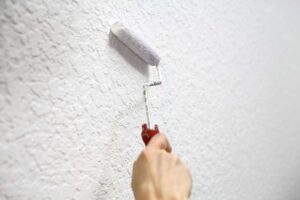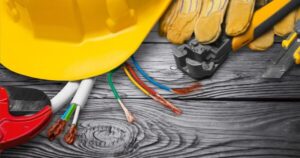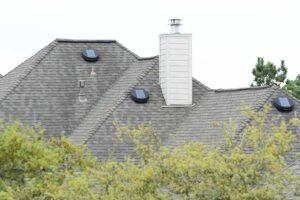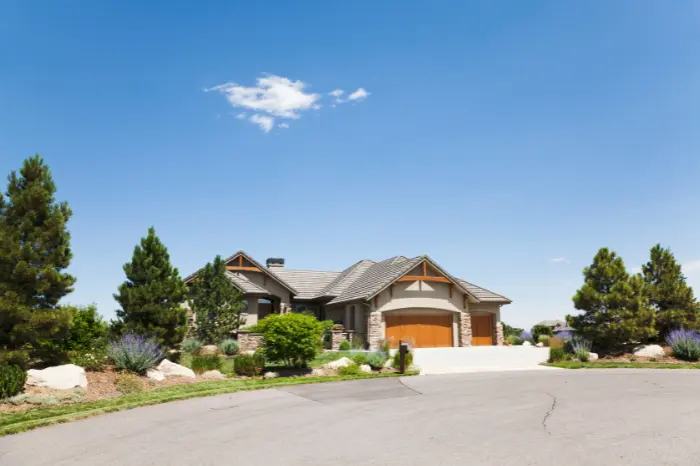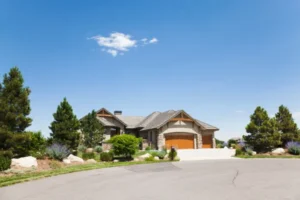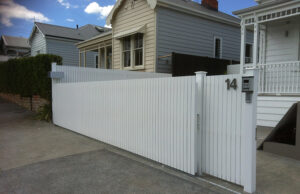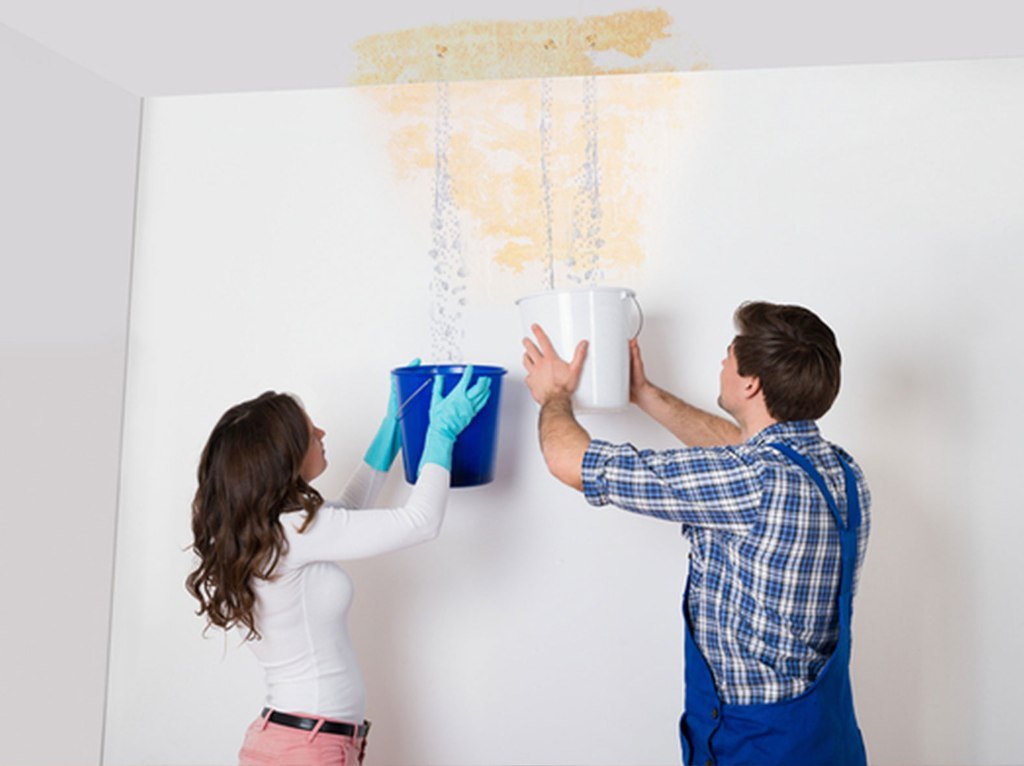
Approximately 1 out of every 6 houses in the United States experiences water damage at some point. Unfortunately, most homeowners are usually unaware of water damage in their homes until it is too late.
The siding is the first line of defense of a house against water damage. Proper siding installation helps to protect the house against water damage and keeps it warm during the winter months. The siding prevents mold and mildew from weakening the house structure, absorbs everyday bangs, and helps to keep pests out. If not detected early, water damage beneath the siding materials can compromise the structural integrity of a house.
When rain or snow slips through the slats, it can make the wood rot. This will lead to a whole new set of challenges. Moreover, repair costs can quickly rise when the siding is damaged.
It is important to take preventive measures to ensure the siding is water-resistant. Below are five home improvement steps you can take to prevent the siding from getting damaged:
1. Trim Plants and Trees
A well-manicured lawn with healthy shrubs, flowers, and trees improves the house’s curb appeal. Moreover, with the right landscaping, your property can fetch a significant price on the market. You may want to contact professionals for this by looking into a Castle Rock landscaping service or other similar and more local companies, so you can make sure that you are mitigating any damage.

However, shrubs and trees also trap a lot of rainwater on their branches. When the sun shines, the plants release water vapor through the pores on their leaves. If these shrubs are too close to the house, they can brush against the siding and transfer some moisture through the cracks.
Keep trees and shrubs at a distance away from the house. Make sure that no branches are touching the building.
2. Adjust the Sprinkler Heads
Do you usually water the lawn using the sprinkler? If so, make sure the head is pointed in the right direction. If the sprinkler head is pointed towards the driveway, foundation, or sidewalk, the water can find its way into the siding.
If necessary, adjust the sprinkler head so that it points away from the home. If there are shrubs, flowers, or plants that cannot be reached by the water splash, consider watering them by hand.
3. Check for Leaks Around the House
Some leaks may not be easy to notice and, when left unchecked, can lead to big problems down the road. For example, small leaks can lead to the growth of mold and mildew around the house. Moreover, leaks can weaken wooden structures by making them rot or attract termites and other pests. Regularly inspect different parts of the house for leaks. In particular, check for any dark spots or stains under the pipes. The ceilings and walls should also be checked for any signs of moisture. If need be, you can also take the assistance of professionals from Waukesha Plumbing Services or elsewhere to help you with the inspection of any hidden leaks and repair.
Sometimes, water leaks start from the roof. Therefore, check the roof occasionally to confirm that it is in good condition. Any damaged or missing shingles should be repaired or replaced. Professional roof repair minneapolis companies, or ones in your locality, can send experts to conduct a thorough inspection and also carry out any repairs that are needed. Consider reaching out to such companies at least once in a few months, or before inclement weather season, to protect your roof and home.
The windows are the other areas that should be checked for signs of leakages. Inspect the seals to ensure they are in good condition. If the seals are compromised, consider replacing the windows.
Finally, check the doors for signs of leaks. During the cold weather, you can install some weatherstripping on the door to prevent water from getting inside.
4. Test the Sump Pump
Whether or not your home will be able to withstand water damage may be determined by the sump pump. When it’s storming, the last thing you want is to find out that the sump pump is not working. Test the pump routinely to ensure it is in good working order.
Testing the sump pump is easy; simply fill it with water slowly and observe. If the pump is working properly, the float should rise and, in turn, the water level should fall. If this does not happen, you may need to get the sump pump repaired or replaced.
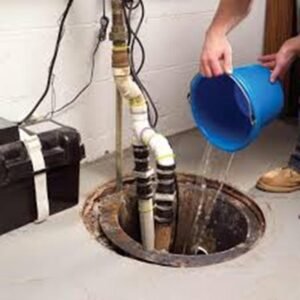
If you live in an area that is prone to severe storms, power outages, or flooding, get a battery-operated sump pump. While this pump is a little more expensive than regular pumps, the extra cost would be worth it for preventing water from pouring into your basement.
5. Maintain Proper Drainage
Most house foundation problems occur due to poor drainage. Poor drainage can weaken the foundation, leading to uneven settling or the formation of cracks. Water rushing through cracks can weaken the walls, and you might need to start looking for a residential foundation repair professional to fix the issue. The best way of preventing poor drainage is by ensuring that the gutters are functioning properly.
Clean the gutters regularly to keep water flowing away from the foundation. Another option is to make sure that the yard flows downward from the foundation. Basically, do anything that will reduce the amount of water that will get in contact with the foundation.

